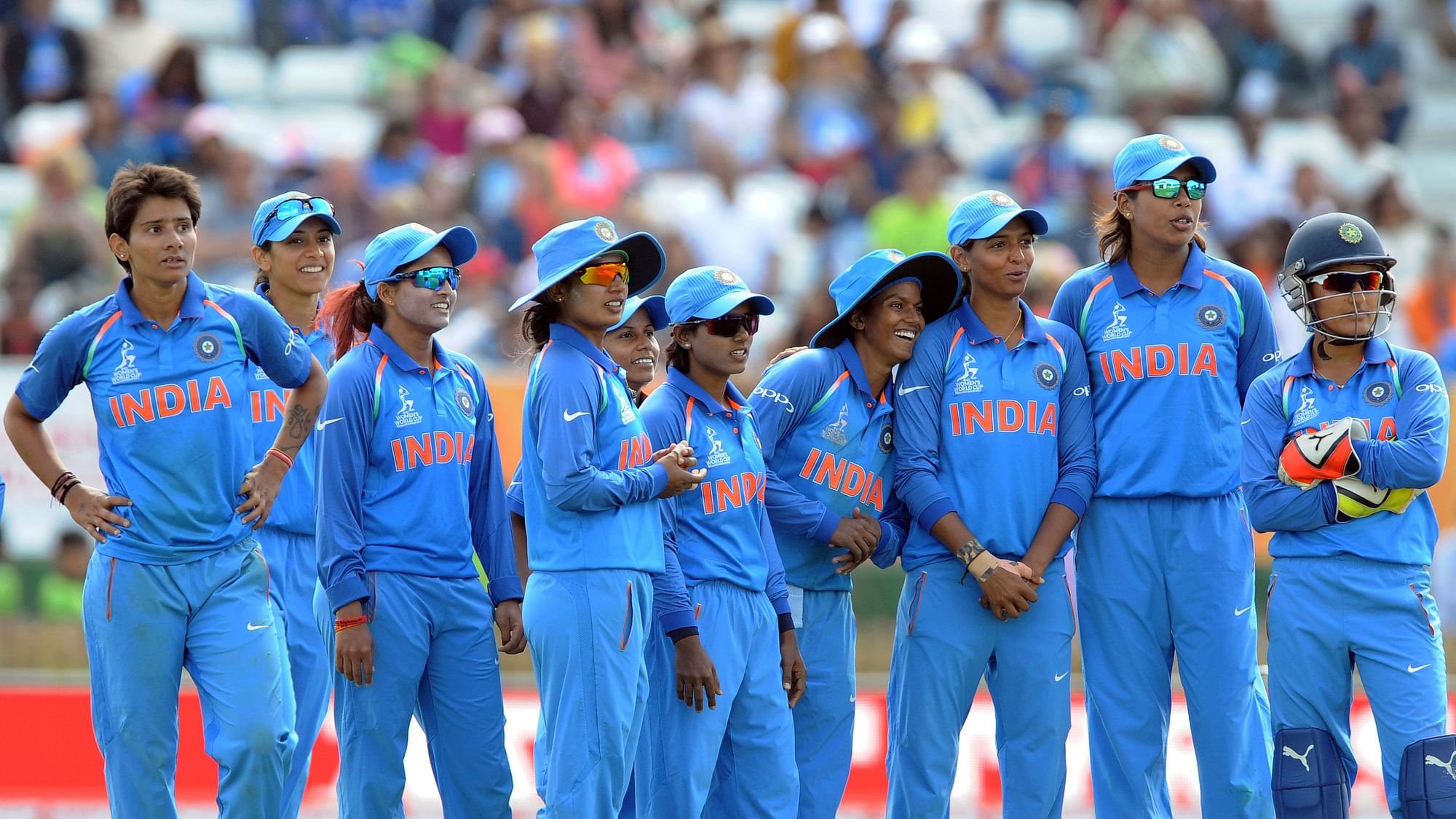

Trending Watch: RPF personnel rescue man who fell between platform and moving train in TN’s Coimbatore.Entertainment Ayan Mukerji says Shah Rukh Khan's Brahmastra scene had 'Iron Man-like tonality': 'It is a bit of an item sequence'.Entertainment Raj Kapoor's Satyam Shivam Sundaram pretends to question society's beauty standards while it uses its leading woman to titillate the audience.Cities Potent weapon in Gehlot’s arsenal, a dilemma for Independent MLAs.Uttarakhand murder: Body of 19-year-old recovered 'illegal resort' demolished.

It will not be progress if we achieve fewer unwanted girls at the cost of more missing women. “Trying again” might give way to more sex-selection. Couples are becoming more reluctant to have large families and are gaining better access to ultrasound. Unwanted girls arise when parents keep having more children to obtain a son. A decline in the number of unwanted girls isn’t necessarily progress. But we need to be smart in how we track progress. I am hopeful that by alerting us to the size of the problem, the Economic Survey will spur efforts to fix it. This is why having 21 million unwanted girls is unacceptable. One study found that one year after parents were advised that their child needed surgery to correct a heart defect, 70 per cent of the boys but only 44 percent of the girls had undergone the surgery. India shows a gender gap in stunting compared to other parts of the world, consistent with girls consuming less nutritious food. Boys are more likely to get immunisations. Moreover, parents who passionately want sons, unsurprisingly, favour them once born. Even if parents treat their children equally, girls are disadvantaged by being in families with fewer resources to spend per child. The stopping behaviour means that girls tend to grow up in larger families. Unfortunately, girls get fewer resources than boys. If the girls are nonetheless treated equally, this would not be much of a problem. Many couples have a girl when they were hoping for a boy. The 21 million unwanted girls can be calculated using the left panel: They form the gap between what would occur naturally - the dashed horizontal line at a sex ratio of 1.05 - and what we actually see. The left panel shows that non-last children are more female that’s because the child being female led the parents to keep having children in their quest for a son. In the figure below, taken from the report, the right panel shows that last children are disproportionately male. Importantly, the report also calculated the India-wide total of 21 million. Its analysis revealed that even Kerala and Assam have a male-skewed SRLC if we only tracked missing women, these states would look problem-free. The Economic Survey built on this work and took it further. For example, in the historical US, there wasn’t a male-skewed SRLC. I used the SRLC measure in my research to show that the fervent desire for sons in India is not a feature of all less economically developed societies.

A subtle but important point is that these fertility “stopping rules” do not skew the populations’ overall sex ratio. SRLC is thus a revealing measure of parents wanting sons. If we aggregate all families, we’d notice that the sex ratio of the last child (SRLC) is male-skewed. Notice that in both cases, the last child in the family is a boy. It might take two tries: Girl, girl, girl, then boy. (Meanwhile, if they have two sons in a row, they might regret having no daughter but not enough to expand their family.) A son might arrive on the third birth, and their children will be girl, girl, then boy. If they have two daughters in a row, they will keep having children until they get a son. A couple wants to have two children, ideally one son and one daughter, but it’s especially important to them to have at least one son. How do we detect this “less wantedness” or “unwantedness”? Here is a common pattern of childbearing. We cannot know if their parents would be happier without the girl what we can surmise is the parents were disappointed to have given birth to a girl. They are daughters that parents gave birth to when they were really hoping for a son. These girls are more precisely described as “less wanted” children. Now we have it: Twenty-one million unwanted girls under the age of 25 in India.

What we lacked was a statistic that quantified the scope of the problem. It is not news that many parents favour boys over girls. They receive less healthcare and schooling, with life-long effects on their well-being. “Unwanted girls” are girls who are alive but likely disfavoured by their parents.


 0 kommentar(er)
0 kommentar(er)
